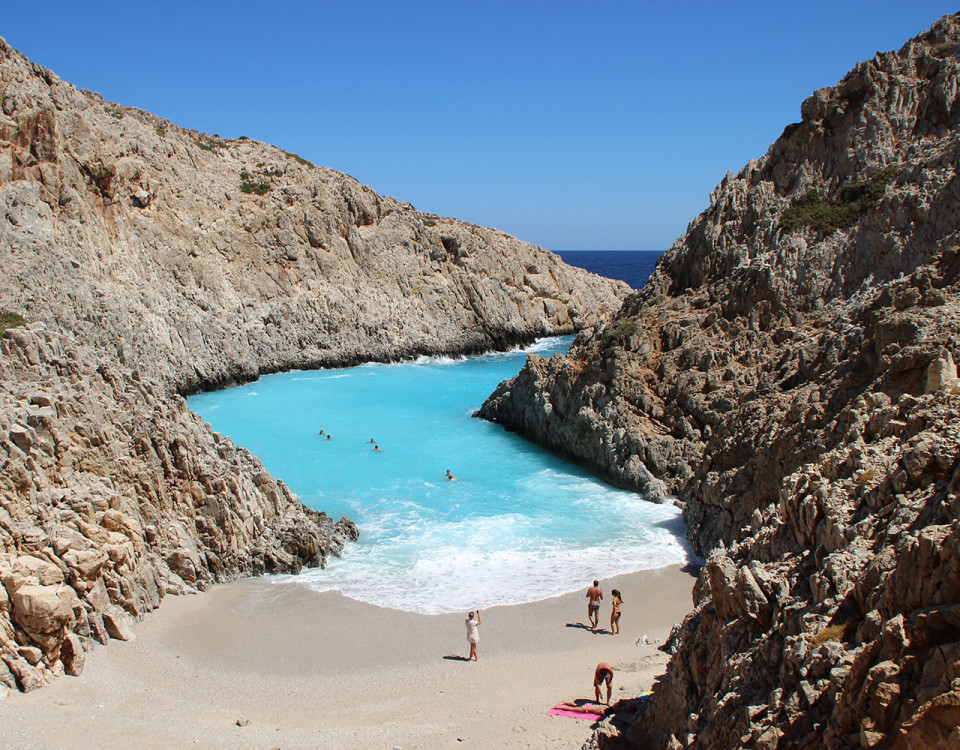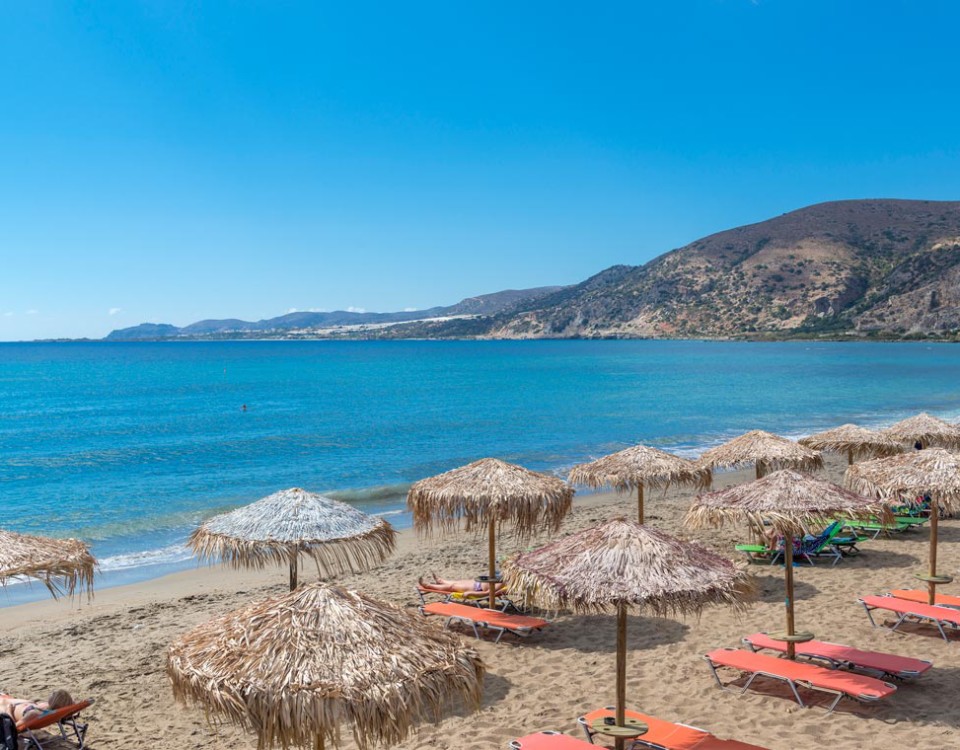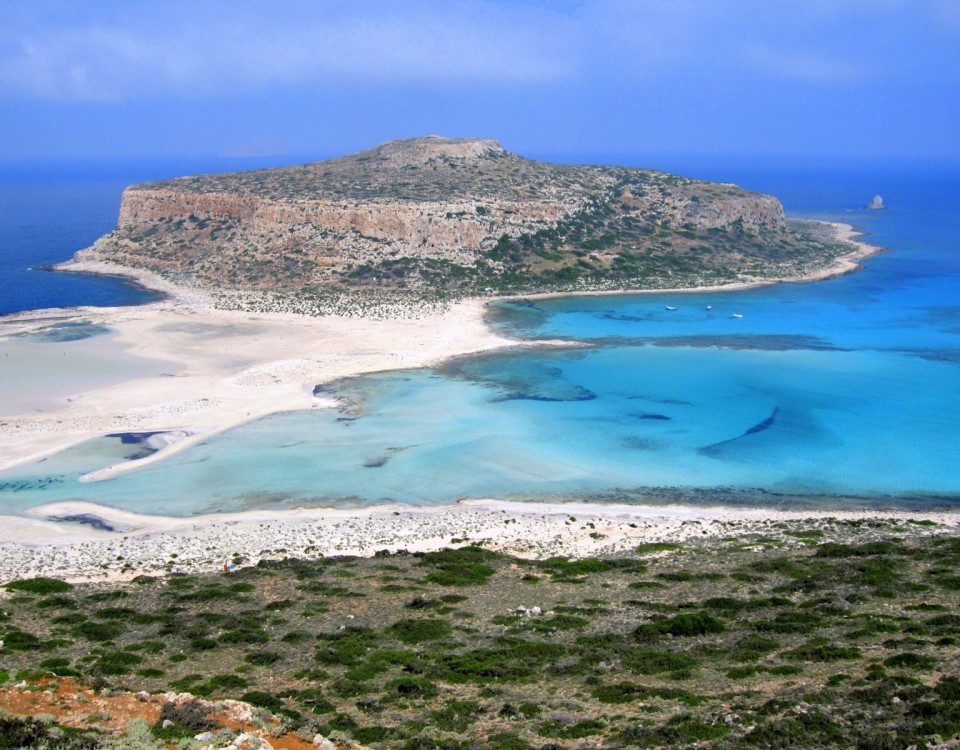- Taxi Transfers in Chania, Crete
- info@taxichaniacrete.gr
- +30 6943444744

Seitan Ports
March 21, 2016The area of Falasarna is in a rocky promontory that was the acropolis of the ancient city, therefor distinguished the beach of Pahia Ammos. Ancient Falasarna was an ancient city-state in northwestern Crete. Falasarna was one of the major ports of Crete and flourished mainly in the Hellenistic period. The area was inhabited from the Middle Minoan until the middle of the 1st century. BC. Near the ancient city is an organized beach, called Pahia Ammos. Shells which have been discovered on the surrounding slopes indicate that the area was inhabited from the Middle Minoan period, but the history of the city remains unknown to the 4th century BC, when the settlement flourished, as it was in the Navy road that connected Alexandria with the Aegean. The first city is mention in 350 BC and continues until the 4th century AD. Falassarna was a considerable naval power, had strong fortifications, harbor, churches, and shopping streets and minted its own currency. The harbor was in a lagoon connected to the sea through a canal of 50 meters, (width 10m and depth 2m), and was the only walled port of Crete. It is believed that both the fortifications and the canal were built around 335 BC they have discovered two more, avathestera channels. The excavations have brought to light two of the four towers of the port, a circular (preserved at 4.5 m height) and a quadrilateral, and two docks, one of poros and one of limestone stone plinths. The port is blocked, probably by the Romans in 69 BC, and not reused. The city probably had become a pirate quarter and therefore destroyed by the Romans, who later created another city just south which also called Falasarna.
Above the harbor, the stone promontory, stood the citadel. All the cape was fortified and on the base was a double fortification wall, length 550 m., with three defensive bastions. East of the port was the cemetery where 43 graves have been excavated. Therein lies the “Throne of Puget Sound” likely a step for speeches. Falassarna was mixed in two wars with neighboring city-states during the Hellenistic period. The first was the Polyrinia, likely due to disputes over territory. It started in the late 4th century and ended around 290 BC, after the intervention of Cleomenes of Sparta. The peace treaty was charved on charaktike a stone slab which is now preserved in the museum of Kissamos. The second war was against Cydonia around 184 BC. Today the port and its facilities are located 9.6 meters above the sea level, likely due to the elevation caused by the earthquake of 365.





















